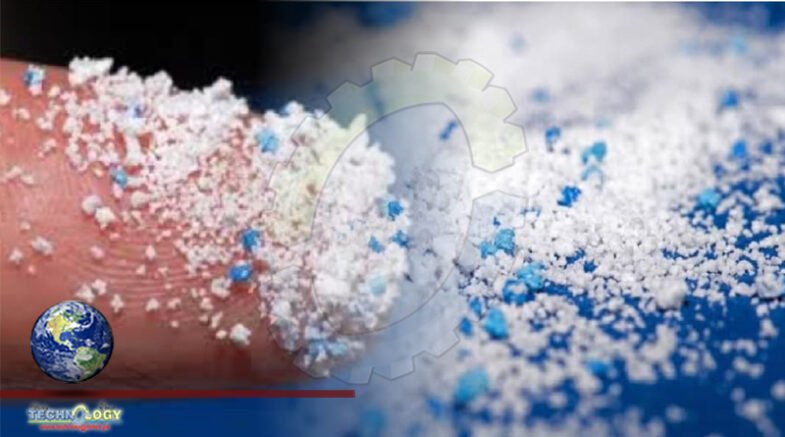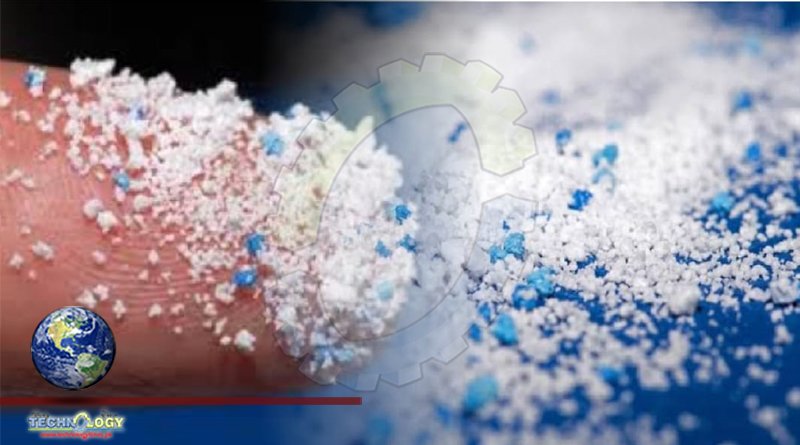Ecosystems are known to accumulate microplastics, and the breakdown of microplastics produces nanoplastics. Nanoplastics are plastic particles that are smaller than 100 nm that disperse in water in a colloidal state.

Although nanoplastics may be more common than microplastics, their small size makes them difficult to thoroughly investigate and evaluate. However, nanoplastics have been discovered in zebrafish in a number of organs, including the brain, which may be a sign that they can pass the blood-brain barrier. Ninety percent of microplastics in urban areas are removed during the sewage treatment process. Microplastics are known to bond to biopolymers in the ocean and sink to the bottom.
Therefore, the research team at Shinshu University under the direction of Professor Hiroshi Moriwaki of the Department of Applied Biology, Faculty of Textile Science and Technology, proposed employing pectin, a biopolymer to attach to nanoplastics with the aid of iron or aluminum. They discovered that by employing coagulating sedimentation with pectin and iron with filter paper, they were able to remove 95% of the nanoplastics within the first 24 hours. The use of pectin was inspired by the abundance of apples in the prefecture of Nagano where Shinshu University is based. More information can be found by reading the paper which was published in the Journal of Environmental Chemical Engineering.
Source: This news is originally published by scitechdaily
